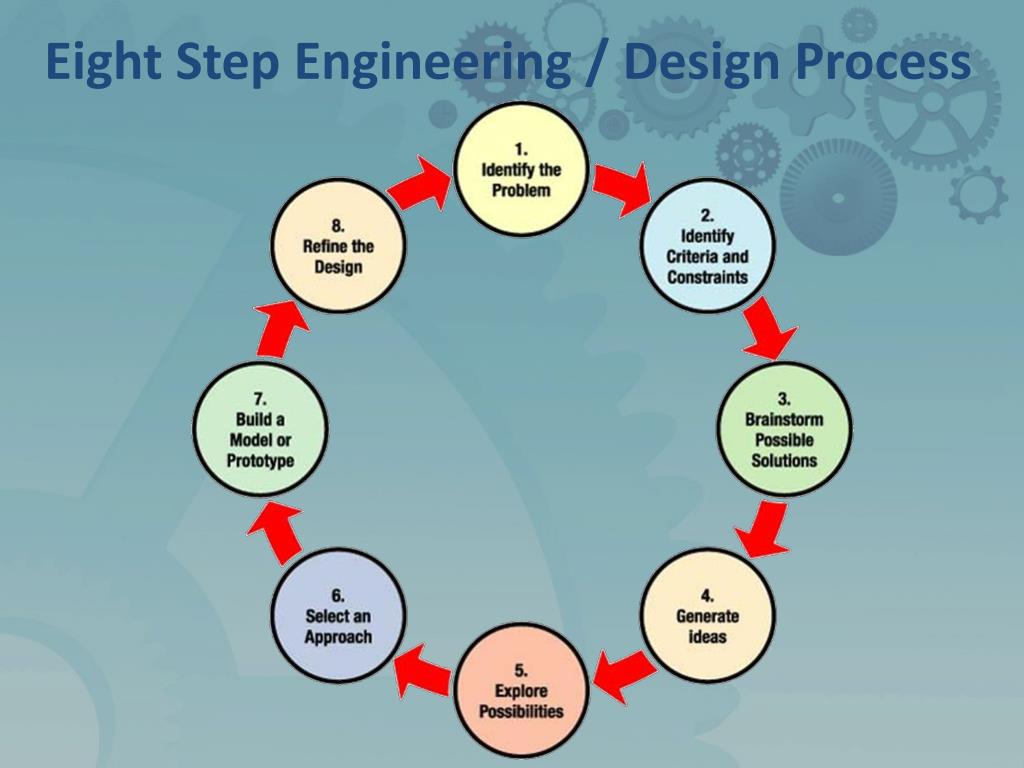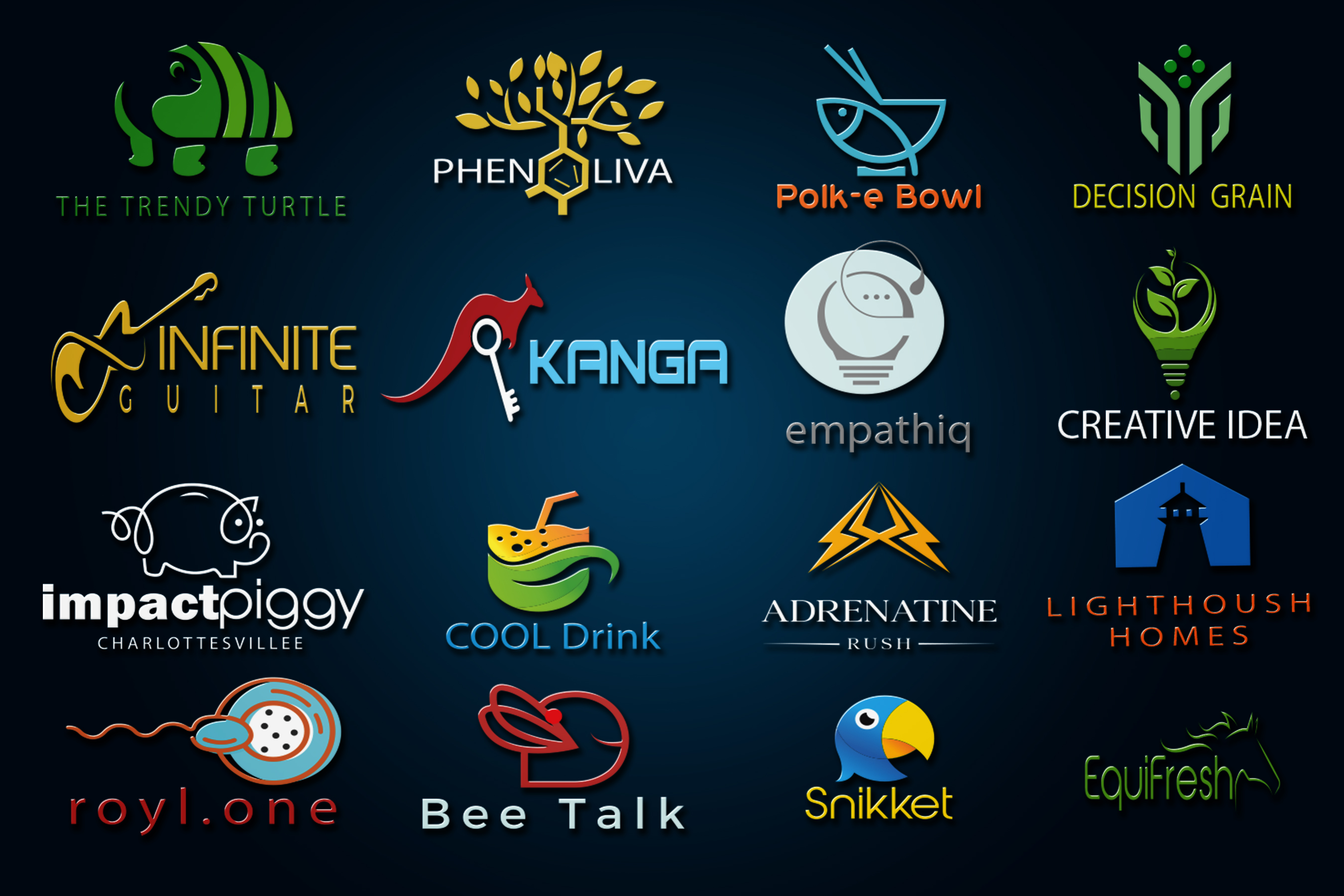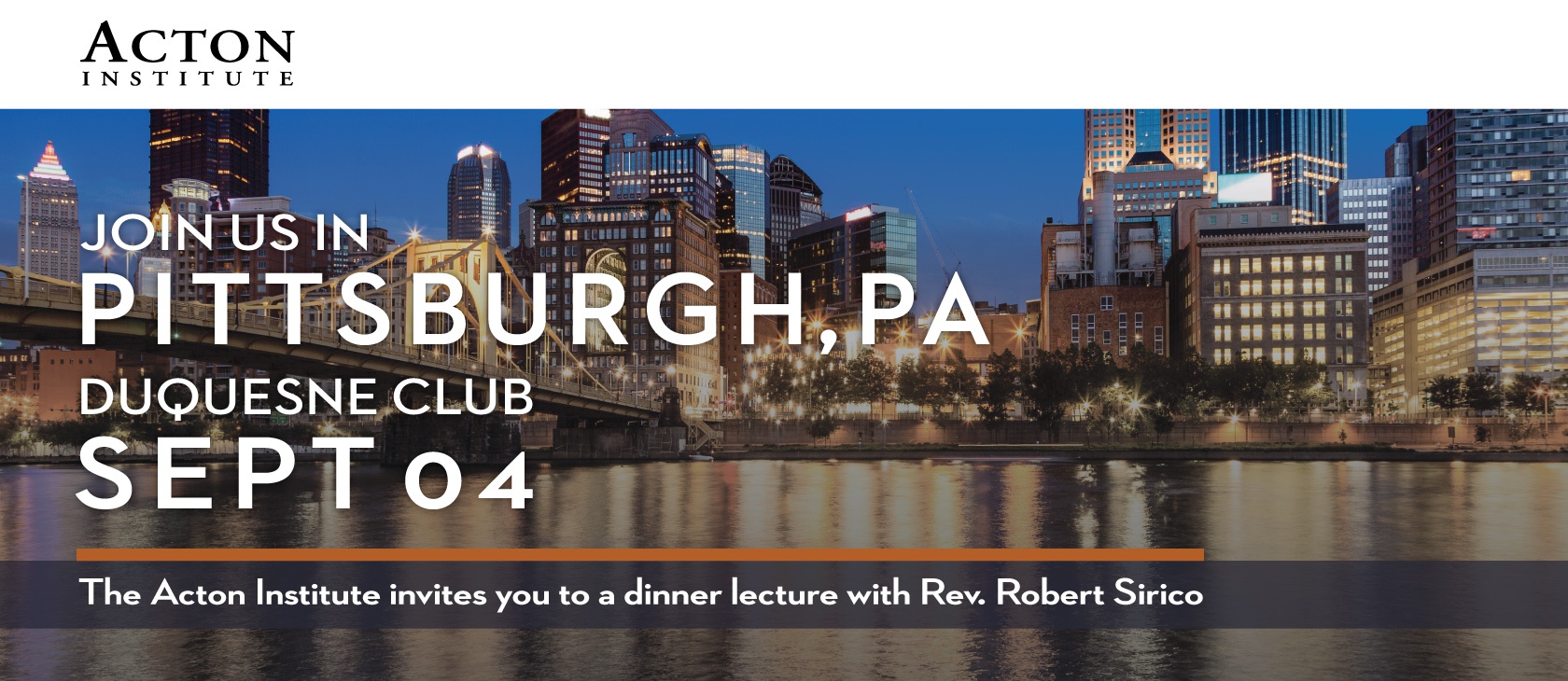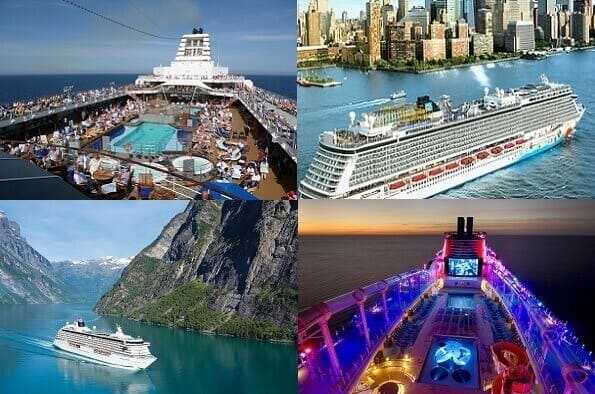Table Of Content

The engineering design process is a series of steps that engineers use to create solutions to problems. The engineering design process is iterative, meaning that engineers often repeat some or all of the steps several times to refine their solution. It is a critical component of the field of engineering, as it allows engineers to solve complex problems and create new products and technologies. Effective use of the engineering design process requires a strong understanding of engineering principles, scientific methods, and mathematical analysis. ConclusionEngineering design is a critical aspect of any successful project.
Testing and Evaluation
The students investigate hingeback tortoise habitat features as well as the design features of such a habitat. Each group communicates and presents this information to the rest of the class after they research, brai... Students learn about providing healthcare in a global setting and the importance of wearing protective equipment when treating patients with infectious diseases like Ebola. They learn about biohazard suits, heat transfer through conduction and convection and the engineering design cycle. Various generated ideas must then undergo a concept evaluation step, which utilizes various tools to compare and contrast the relative strengths and weakness of possible alternatives.
Design Methodologies
Also, as a final step, students get to share their learning and their design. Chances are that you will create a few of them while you perfect the design. Step seven is not so much a step as it is backtracking to the planning phase and determining what should be changed in your design, building a new prototype, and testing again. This step allows students to see which ideas work and which need improvement, giving them a clearer perspective on the problem and everything that affects the final solution. By looking at existing solutions, you might come up with new ideas based on them and steer clear of mistakes made in the past. In the student lunch example, students came up with a list of ideas that would keep lunches out of the way and off the ground.
RCDS Second Graders Put Engineering Design Process to Work - The Two River Times
RCDS Second Graders Put Engineering Design Process to Work.
Posted: Mon, 26 Apr 2021 07:00:00 GMT [source]
Explore Our Science Videos
There are always many good possibilities for solving design problems. If you focus on just one before looking at the alternatives, it is almost certain that you are overlooking a better solution. Good designers try to generate as many possible solutions as they can.
What Is the Engineering Design Process? An In-Depth Guide to Crafting Innovative Solutions
Student teams design their own booms (bridges) and engage in a friendly competition with other teams to test their designs. Each team strives to design a boom that is light, can hold a certain amount of weight, and is affordable to build. Students develop an app for an Android device that utilizes its built-in internal sensors, specifically the accelerometer. The goal of this activity is to teach programming design and skills using MIT's App Inventor software (free to download from the Internet) as the vehicle for learning. The scientific method is reviewed and reinforced with the use of controls and...

The Future of Chemical Engineering in the Era of Generative AI - The Chemical Engineer
The Future of Chemical Engineering in the Era of Generative AI.
Posted: Thu, 28 Sep 2023 07:00:00 GMT [source]
If the solution built meets the requirements then the results can be shared. If the solution does not meet all the requirements then another solution is thought of and tested. Each iteration should use the data from the previously tried solution to meet all of the initial requirements. Brainstorming possible solutions allows us to see the problem from different perspectives, and teamwork is ideal. The third step in the design process is usually dedicated to research. This is where you can further develop your ideas, while understanding what has succeeded or failed in similar projects in the past.
Improve Product Design
They are given a fictional client statement and are tasked to follow the steps of the EDP to design and build small-scale, off-road wheelcha... Using ordinary classroom materials, students act as biomedical engineering teams challenged to design prototype models that demonstrate semipermeability to help medical students learn about kidney dialysis. A model consists of two layers of a medium separated by material acting as the membrane. Students learn about health risks caused by cooking and heating with inefficient stoves inside homes. They simulate the cook stove scenario and follow the engineering design process steps, including iterative trials, to increase warmth inside a building while reducing air quality problems.

Quality Control and Assurance
Keep in mind that your solutions need to be understood by people easily, and be as descriptive as you possibly can. After all, a strong solution isn’t of much use if it can’t be effectively communicated to the wider world. Once the engineering design process reaches the Implementation and Production stage, the focus shifts to transforming the design into a tangible product.
Imagine possible solutions
The engineering design process allows students to remember where they left off and continue with the task as if they were right there in the middle of it. The students creating the school lunch hooks used sketchpads and CAD software to design them. They found out in the process that the line between steps four and five can be blurred and made changes to the design of the hook they never thought of before, improving its design. This step continues to teach critical thinking along with applied engineering because the solution is one step away from reality, and they must consider the real world in the design. For concept evaluation, tools like the Pugh Matrix can be instrumental. This technique compares potential solutions against a baseline concept, making it easier to identify the most promising design.
Industrial DesignIndustrial design is the practice of designing products for mass production. Science writer, Steven Johnson, has spoken about breaking the isolation of the engineering process. There comes a time when you must present all of your findings, as clearly as possible, and allow your design to exist outside of your own imagination. Use detailed reports, drawings, and more to fully communicate the scope of your work. Step six is when your foundational work comes together and you begin to test everything you’ve accumulated so far. Here, you will develop different models to test your ideas against different sets of criteria and goals.
The engineering design process provides a systematic approach to problem-solving, and best practices should be followed when designing products, systems, and infrastructure. Examples of engineering design can be seen in industries such as automotive design, aerospace design, civil engineering design, consumer product design, and environmental engineering design. By following the engineering design process and best practices, engineering design can create innovative and effective solutions to complex problems. The engineering design process is a systematic method engineers use to solve complex problems and develop functional products and processes. This method involves a series of steps that help engineers to define the problem, conceptualize potential solutions, and iterate on their designs until an optimal solution is reached. It serves as a guide for the critical thinking and creative efforts necessary to turn abstract ideas into tangible, working prototypes or systems.
Working in small teams, they design, build and test a pair of wearable platform or high-heeled shoes, taking into consideration the stress and strain forces that it will encounter from the shoe wearer. In this activity, students undertake a similar engineering challenge as they design and build a filter to remove pepper from an air stream without blocking more than 50% of the air. Students gain experience with the software/system design process, closely related to the engineering design process, to solve a problem. The lesson culminates in a hands-on experience with the design process as students simulate the remote control of a rover. Students employ the full engineering design process to research and design prototypes that could be used to solve the loss of sea turtle life during a hurricane. Students learn about sea turtle nesting behaviors and environmental impacts of hurricanes.
This step includes the procurement of materials, actual fabrication, and the assembly of components into the finished product or system. Quality control measures are integrated to ensure that the final output adheres to the set specifications and standards. Based on the testing results, the design may require further adjustments. Each cycle brings the design closer to the optimal solution that meets all specifications and constraints.
They learn how engineers are involved in the design and construction of biodomes and use brainstorming to come up with ideas for possible biod... The engineering design process, also known as the engineering method, is a common series of steps that engineers use in creating functional products and processes. The engineering design process is like a roadmap that engineers use to tackle problems and come up with cool solutions. It’s a series of steps that help them create stuff that works well and won’t break the bank. The EDP is all about brainstorming, getting feedback, and tweaking things until they’re just right.
This process differs slightly from the scientific method since it involves designing, building, and testing a solution for a specific problem rather than conducting experiments and making observations. Below are the seven steps of the engineering design process from STEM education experts and Sphero Heroes Todd Doerpinghaus and Eric Mendes. The first three steps of the engineering and design process are mostly theoretical. Creating a product prototype is a practical way of testing and validating these theories. It’s a good way to find out if your design building and solution meet your requirements.





















